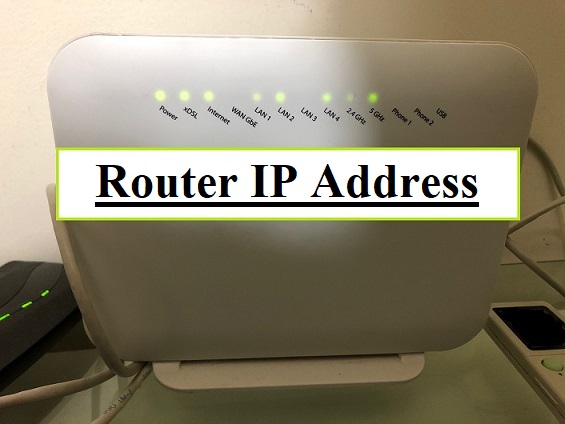Show routing table command cisco
The show routing table command in Cisco IOS devices is one of the most powerful commands in any managed switch or router. With this command, you can access the details of every device in the network that is part of the same private Local Area Network. There are many advantages to this command and only a few disadvantages. Learn all about them here.

There are three kinds of people who can use the show routing table command. The first is the one who just wants to know the details of every device in the same area network. The other ones are those who want to check the route tables of their private and public Ethernet subnets. The third one is the one who needs to check the security of their private and public IPs.
If you have an edge router that has been added to your private network but you don’t really need to see the details of all the other nodes in the network, then you can use the show routing table command to show the details of the inbound and outbound routes. When you specify the subnet mask of the inbound route, you can specify the details of the outbound route as well. You can specify the source address and the destination address in addition to the protocol type.
Show routing table command cisco
Once you have established the details of the router and the other devices that are part of the same private local area network, you can use the show routing table command to get the details of the forwarding table. This is particularly useful when you have many routers on your network. The show command will tell you how many packets of IP traffic are sent and received by the router every second. It will also tell you how fast the data rate is for the inbound packets and it will also show you the number of packets that have been received and sent but never received.
To be able to examine the show routing table command, there are some important prerequisites. Firstly, you should be using Windows 2021 or higher. Secondly, the operating system must be configured properly, with the TCP/IP service and the DNS server services enabled. If you have any other types of networking equipment on your system, then you will not be able to use the show command to examine it. In addition, the names of the network protocols must be correctly entered.

The show command is particularly useful for monitoring the performance of the outbound routes for a particular private network. For this, you have to enter the details of the outbound route to the destination. After this, you should click the down arrow on the selected route to show the details of the route for that particular destination. The format for entering the route is the source network address followed by the destination network address.
The inbound route shows the source network that is advertised for outgoing traffic. On the other hand, the outbound is the one that is used for internal traffic, for example, the network that a person uses to connect to the modem. Now, it is necessary to note that these entries are not used for the internal traffic. In this regard, you will have to look up the details for this in the computer program.
If you are interested in the outbound route, you can simply type the IP address of the network that you want to inspect. The show route command can also be used to show the details of the inbound and outbound traffic for a particular network. However, this is not very useful unless you know something about the technical infrastructure of the organization that you want to trace. This is because there are certain specific functions that are used when these functions are implemented. For instance, if you want to know how the traffic gets into the organization and what is the route that is used for the outbound traffic, you will have to look up the details from the network monitoring tools.
<
